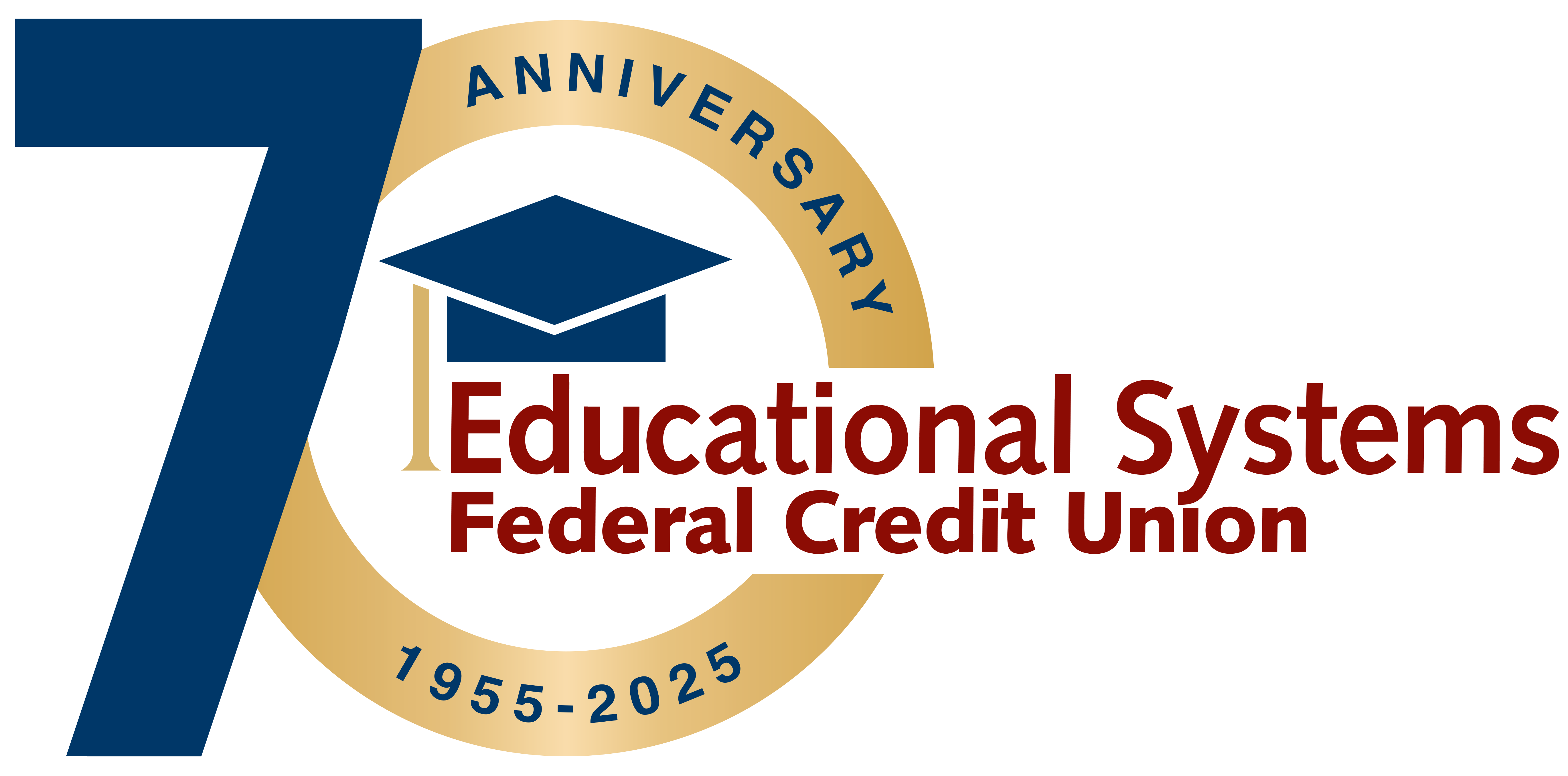FAQs
Frequently Asked Questions
Security, Digital Banking
Create a password that is at least 8 characters or more, uses at least one upper case letter, one lower case letter, one number and it is optional to include one special character: (!@%$^&*_+=() [] {} :;,./?)
A unique password should be created for each log in page you use. If you don't, then one breach could leave your other accounts vulnerable.
When using the mobile app or Digital Banking, always ensure you have a strong password, avoid using auto-complete features that remember usernames and passwords and set your timeout screen to five minutes or less. Additionally, don’t store sensitive data on your mobile device, and be sure to use SSL encryption whenever using your mobile browser. Additional preventive measures include:
Do not leave your device unattended
Keep records of your device's identifying information
Activate your phone’s anti-theft tracking service
"Log off" when finished with an app or Digital Banking rather than closing it
Download apps that have an established reputation from a trustworthy source. Prior to downloading an app, review the privacy policy and data access. Remove apps you no longer use.
Your own personal, secure Wi-Fi network is probably safe, but public Wi-Fi is not. It’s advisable that you use your mobile device's wireless network instead of public hotspots. Before logging into Digital Banking, turn off your phone’s Wi-Fi and bluetooth for further protection.
Phishing is the act of sending a fraudulent email that looks like it's from a legitimate business. The email requests your personal information, such as your account number or Digital Banking log in credentials. The email could also include a link to a legitimate looking website for you to provide your information.
We will never send you an email asking for your personal information because we already have it on file.
Please call us at 301.779.8500 or email [email protected].
Always use anti-spyware, anti-virus and anti-malware programs provided by a reputable vendor. Update your software frequently to ensure you have the latest security patches. This includes your computer’s operating system and other installed software such as web browsers, Adobe and Microsoft.
Public computers are not as secure as your own computer, but if you do need to use a public computer, log out immediately after you are done. Exiting the program is not enough.
Discontinue using it for Digital Banking, shopping and other activities involving your personal information. Use security software and/or professional help to restore security. Review your account information frequently and change your passwords from a different computer.
